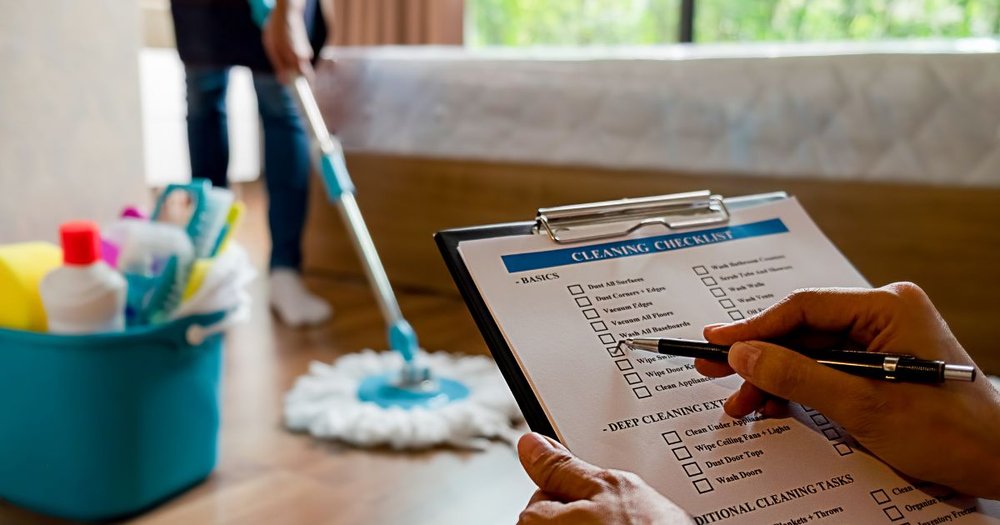
A clean kitchen is essential for any restaurant’s success. It not only ensures that food is cooked in a clean and safe space but also helps maintain a good image and a friendly atmosphere. Regular cleaning is essential, but occasionally you should do a deep cleaning of your restaurant kitchen to eliminate Grease, grime and other leftovers that regular cleaning might miss.
This step-by-step guide aims to help you deep clean your restaurant kitchen so that it is safe, clean, and up to health code standards.
To deep clean your kitchen you first need to get all the tools and cleaning supplies you will need. What you’ll need:
Tools for cleaning:Degreasers, all-purpose cleaners, and disinfectants are some types of cleaning detergents.There are scrub brushes, microfiber cloths, rags, a mop and bucket and long handled brushes that can get to places that are hard to reach.
Getting rid of all the junk in the kitchen before you start the deep clean is essential. In other words:
It’s important to know why deep cleaning is so essential before you start the cleaning steps. Food bits, Grease, high temperatures and wetness are always present in restaurant kitchens. Over time these things can build up in places that regular cleaning might miss. A deep clean will:
● People often forget to clean the kitchen floor, but they need the most care when they do a deep clean. Based on what kind of floor you have in your kitchen (tile, plastic, etc.), do the following:
● To get rid of dirt and dust, sweep or clean the floor.
● Use a cleaner and degreaser to mop the floor. Make sure to crawl around in the corners and under things.
● Put cleaner on the spot and scrub it with a brush before cleaning to remove any oily or sticky residue.
● Clean the grout lines with a cleaner to remove any stains or buildup.
It might take some time and work to deep clean your restaurant kitchen, but it’s essential to do so regularly to keep the space safe, efficient, and healthy. If you follow this step-by-step guide, your kitchen will be clean, germ-free, and ready for a busy Day of service. A clean kitchen makes the food safer and speeds up the workflow, making your staff’s jobs easier and helping your restaurant succeed. A deep clean every so often also ensures that your kitchen follows health and safety rules, giving your customers a reason to trust your business.
Florida Kitchen Pros believes in years of experience in the commercial Kitchen cleaning industry that keeping and maintaining your commercial kitchen safe and clean is essential and very important for the well-being of customers and staff.